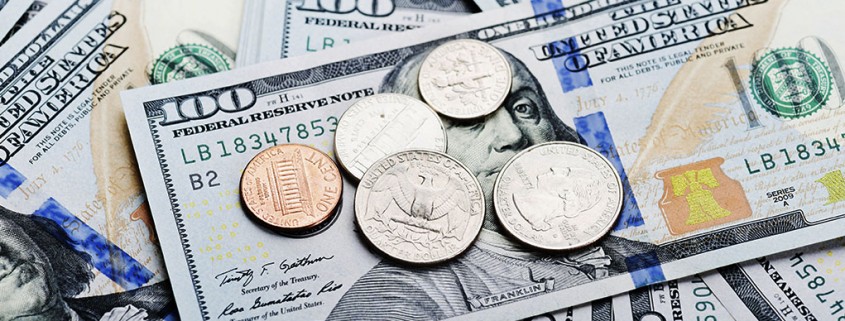The Perils of Pricing
April 4, 2016
Boutique grocer, Trader Joe’s recently reported that they would be reducing prices. This is in response to a new pricing strategy announced by Whole Foods… or as they are sometimes referred to – Whole Paycheck. While Whole Foods has thrived over the years despite their reputation as being the pricey alternative, even they aren’t immune to the risks they face by losing price-sensitive shoppers.
In retail, correctly pricing the items in your store is both the key to your profit, and probably your biggest minefield. Obviously, you have to set a price with enough margin to cover your operating expenses and hopefully show a profit at the end of the year. But if you price too high, you’ll be babysitting the items on your shelves for a long time.
Most retailers use basic pricing formulas to set their prices, while others simply keystone their pricing, in effect doubling their wholesale price to create the retail price. Others may use more elaborate formulas like Retail Price = [(cost of item) ÷ (100 – markup percentage)] x 100. On a $15 wholesale item, the end result of this pricing scheme would result in a retail cost of about $27. If you think about the concessions in a movie theatre, you know that the markup on those items goes way beyond a simple keystone. They get away with it because it’s an insulated environment.
Pricing in a retail environment, such as a cultural institution, historically was a fairly simple affair. Smaller boutique-style stores, like a museum store, benefited from a fortress mentality. These stores at one time were protected from competition by providing a shopping experience insulated from the outside world. But with the advent of smart phones and instant price comparisons it’s become really easy lose sales to online competitors. Your customers can use smart phone apps like Quick Scan and Shop Savvy to scan barcodes and instantly compare prices. Mega retailers like Amazon, which often times carry items found in museum stores, offer their own shopping apps that also allow them to reach inside the walls of your store and compete with you directly.
If your core market is Baby Boomers, you may be protected for a while, since they’re less prone to use technology to shop than subsequent generations. But sooner or later, Generation Y, Generation Z, and the Millennials will dictate your pricing strategies. Your shoppers have plenty of computer firepower at their fingertips to make them connected and informed shoppers. It’s 2016 and your store is no longer insulated from the outside world.
Pricing is often a matter perception. A few years ago General Motors sold a rebadged Toyota Corolla as a Chevy Nova. The cars are virtually identical with the exception of badging and some trim work, yet the Toyotas carried a higher resale value than the Chevy. It was simply a matter of perception. People thought the Toyota was a better car. (It may not have helped that the hybrid car was jokingly called the Toylet – true story.) But in the museum world, perception is your friend. After all, your customers have just spent several hours perusing fabulous art, priceless artifacts, and one-of-a-kind items. Your store is the first retail space they encounter after that experience.
As they bask in the glow of their museum experience, they now peruse the items in your store that have been lovingly displayed, expertly lit, and cleverly positioned to catch their attention. The items in your store are now perceived to be special and exclusive to your operation. Your customers want to buy something and you just need close the deal. And you can do that with pricing.
Trader Joe’s isn’t going to suddenly turn into a Dollar Store by instating a new pricing scheme. They are simply looking to close the deal on the items their customers already want to buy. Shoppers walk into Whole Foods knowing it’s reputation for being expensive, but may be surprised to find that the items they want to purchase are more affordable. It won’t be long before they walk out of the store with their carts full. And they will bask in the knowledge that they got a “good deal.”
By using flexible and dynamic pricing schemes in your store you can benefit from the cache’ created by your institution and the feeling of availability provided by fair pricing. When you set the pricing for the items in your store never forget the perceptions of your customer. Will they see an item as a fabulous value they must take home? Or will they wait to get home and buy that same item from the Internet?
Jama Rice is the Executive Director and CEO of MSA








Leave a Reply
Want to join the discussion?Feel free to contribute!